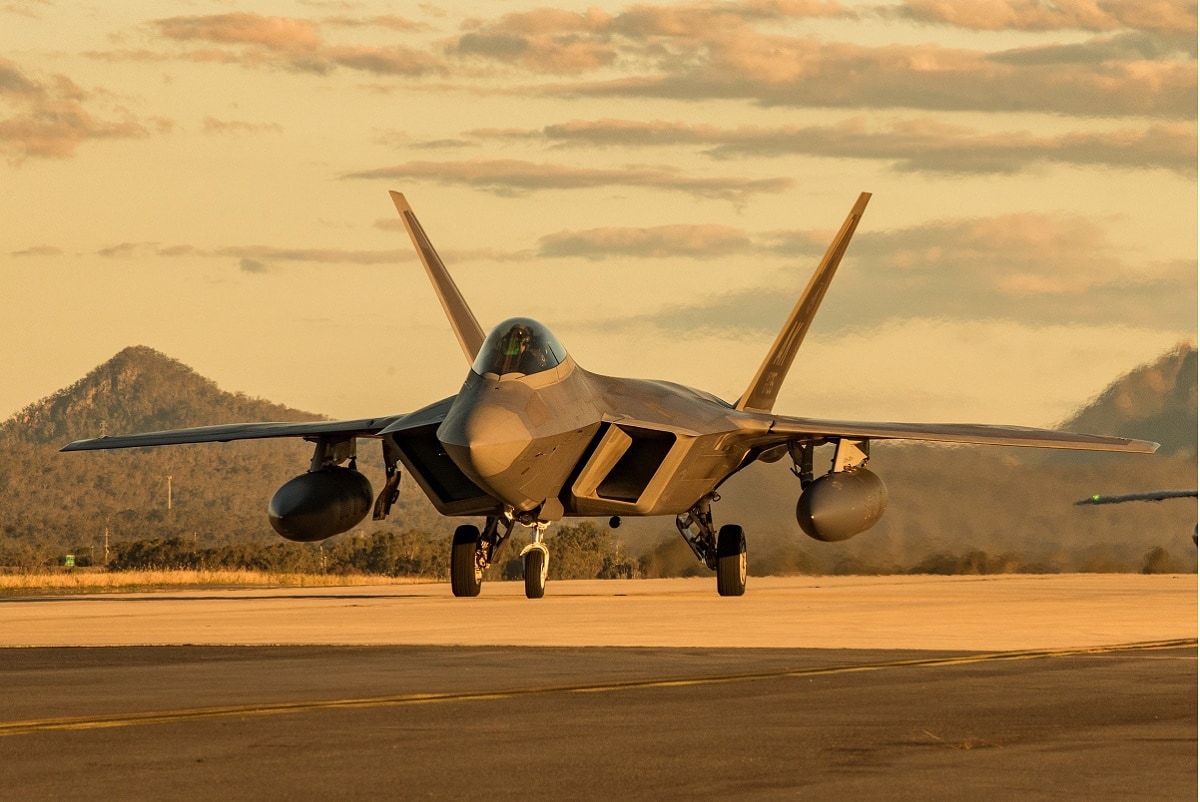This week the U.S. State Department announced that it had concluded a $13 million administrative settlement with Honeywell International Inc. following allegations that the American defense contractor had illegally exported technical drawings of parts for multiple aircraft including Lockheed Martin’s F-22 Raptor and F-35 Lightning II jet fighters. According to the complaint, company officials sent multiple engineering and technical documents to China over a multi-year period.
The Charlotte, North Carolina-based Honeywell was alleged to have violated the Arms Export Control Act (AECA), 22 U.S.C. § 2751 et seq., and the International Traffic in Arms Regulations (ITAR), 22 C.F.R. Parts 120-130.
The Department of State and Honeywell had reached this settlement following an extensive compliance review by the Office of Defense Trade Controls Compliance in the Department’s Bureau of Political-Military Affairs. The agreement was reached pursuant to ITAR § 128.11 to address alleged unauthorized exports and retransfers of ITAR-controlled technical data.
What Happened
The State Department has alleged that some of the transmissions – which included engineering prints showing dimensions, geometries, and layouts for manufacturing castings and finished parts for multiple aircraft, gas turbine engines, and military electronics – may have harmed national security. Honeywell acknowledged the allegations with the caveat that the technology was already “commercially available throughout the world. No detailed manufacturing or engineering expertise was shared.”
The information was reportedly transmitted between 2011 and 2015, and the first disclosure of the violations to the government occurred in 2015. Honeywell told the State Department in 2016 that it took corrective actions to prevent such violations, but additional information, including export-controlled drawings, were sent to China in 2018.
DefenseNews reported that materials pertained not only to the F-35 and F-22, but also the B-1B Lancer long-range strategic bomber, the C-130 transport aircraft, A-7H Corsair aircraft, the A-10 Warthog aircraft, the Apache Longbow helicopter, the M1A1 Abrams tank, the tactical Tomahawk missile; the F/A-18 Hornet fighter, and the F135, F414, T55 and CTS800 turboshaft engines.
“Honeywell also acknowledged the serious nature of the alleged violations, cooperated with the Department’s review, and instituted a number of compliance program improvements during the course of the Department’s review,” the State Department said in a statement. “For these reasons, the Department has determined that it is not appropriate to administratively debar Honeywell at this time.”
According to the terms of the thirty-six-month Consent Agreement, Honeywell will pay a civil penalty of $13 million. The State Department agreed to suspend $5 million of the amount on the condition that the funds would be used for Department-approved Consent Agreement remedial compliance measures to strengthen Honeywell’s compliance program. During an initial period of at least eighteen months, an external Special Compliance Officer will be engaged by Honeywell to oversee the Consent Agreement. The defense contractor will also be required to conduct one external audit of its compliance program during the Agreement term, and implement additional compliance measures.
Honeywell has said it has taken the necessary steps to ensure that there will be no further incidents.
“Since Honeywell voluntarily self-reported these disclosures, we have taken several actions to ensure there are no repeat incidents,” the company said in a statement. “These actions included enhancing export security, investing in additional compliance personnel, and increasing compliance training.”
Peter Suciu is a Michigan-based writer who has contributed to more than four dozen magazines, newspapers and websites. He regularly writes about military small arms, and is the author of several books on military headgear including A Gallery of Military Headdress, which is available on Amazon.com.

